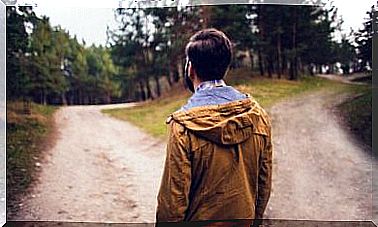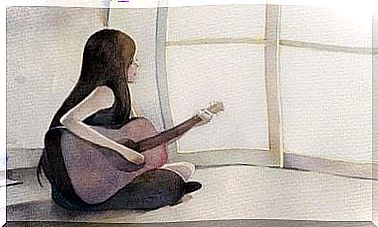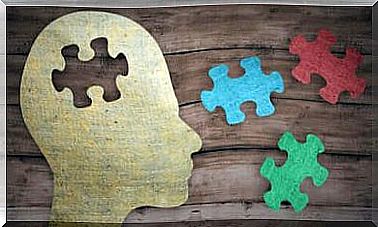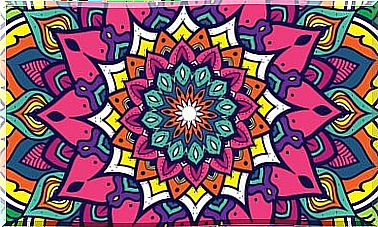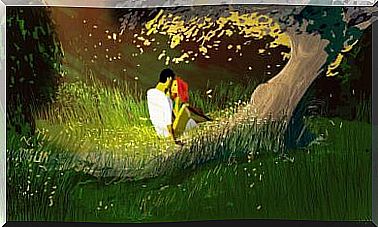How To Deal With The Loss Of Our Pet?

Dealing with the loss of our pet is an experience that all animal lovers have at one point or another in life. However, do we all experience grief and loss alike? The answer is no. Indeed, even if it seems to be a universal phenomenon, the means of managing pain present a great diversity which depends in particular on cultural and religious factors (Marquis, 2003).
Like mourning expressed for the loss of people, mourning is also expressed for pets. What, however, drives us to grieve the loss of our pet? This is so because the attachment relationship between humans and pets is reinforced by the fact that animals are considered part of the family (Field, Gavish, Orsini & Packman, 2009).
Whoever does not accept to suffer will suffer throughout his life
Thelma Duffey (2005), doctor from the University of Texas at San Antonio, assures us that the loss of our pets is generally experienced as a painful experience. To this suffering should be added the cultural taboos associated with the experience of grieving the loss of our pet. This pain is generally not understood by a large part of the population. This therefore amplifies the distress of these grieving processes.
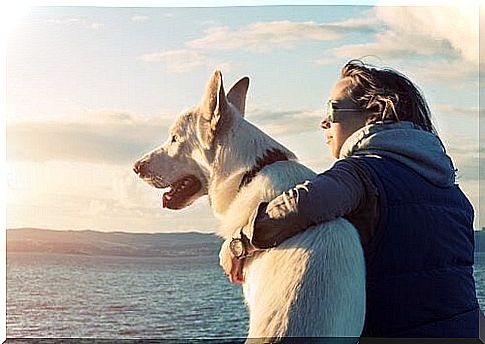
Although many people bond with pets, others do not develop this attachment. So they are not able to appreciate the relationships between humans and animals. Those who don’t understand this relationship often underestimate their loss. They even make comments like “it was just a dog”, “take another one,“ are you that sad for a pet? ”Etc.
The loss of our pet can be one of the most difficult times to go through. Even if, socially, it is not recognized as having the same emotional impact as that of a human being. According to a study by the Department of Animal Sciences at the University of Hawaii (US), 30% of masters experience pain for six months or more. For 12% of them this is a very traumatic event in their life.
How to deal with the grief of the loss of our pet?
The grieving process consists of four phases. They are the same as we experience when a loved one dies:
- Disclaimer: At this point, we have yet to cope with the loss. We use denial of what happened as a defense mechanism to delay the impact. It is advisable to get rid of or put away our pet’s toys.
- Expression of emotions : sadness, melancholy or anger. A lot of feelings can appear. To alleviate these emotions, it would be appropriate to be indulgent in the face of tears, not to demand that we be well when we are not yet. We have to let the emotions express themselves and live them. Feel them when they appear, let them arise, do not pretend to avoid them.
- Reconstruction: we realize the void that our pet has left us. We become aware of the routines that we had created with him. Routines that we were not aware of before, such as walking our dog, playing in the park with him,… So it would be time to create new routines.
- Interacting with the memory of our pet in a different way: it is about looking forward. To recover quietly and safely. In this way, we will remember the immense love we felt for him.
Don’t cry because it’s over, smile because it’s happened
As in many situations, we each experience the same events differently. So we don’t all need the same time to recover from the grieving process inherent in the loss of our pet.
Some opt for the adoption of another companion. Others do not take another pet … However, we should not feel bad if we have decided to have another pet. Indeed, it is not a question of “ replacing” but of embarking on a new road filled with new routines and wonderful experiences with our new pet.

